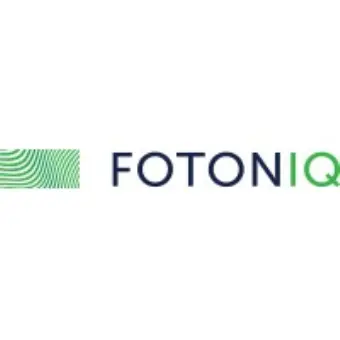Measuring leaf traits from images to estimate PAR

FOTONIQ
MSc thesis project
Project start January 2026
Company supervisor Romy Steenkamer
In high-tech greenhouses the amount of available sunlight is an important factor governing cultivation strategies. Supplementary lighting (via LED lamps) is an effective way to artificially reach required light levels, but is also an important expense item. Therefore, growers have an interest in obtaining accurate information on the lighting conditions inside the greenhouse.
A common way to measure light is by using PAR (Photosynthetically Active Radiation) sensors, which accurately measure light intensity in a spot. However, as the greenhouse interior is not a uniform environment, it is not sufficient to measure PAR in a single spot: a map of light intensity throughout the greenhouse allows more efficient light management.
Project
FOTONIQ has been developing a camera-based method to calculate PAR inside operational greenhouses. As the model works based on the light that is reflected from the plants’ leaves, a way to improve it would be to incorporate information on the plants’ morphology and physiological traits, for example considering the chlorophyll content of the leaves or their spatial information. This would give the model more accurate information on the physical parameters needed to calculate PAR (e.g. leaf reflectivity at different wavelengths).
Instead of directly measuring these parameters in situ, we aim to estimate them from images already being used to measure PAR. Additionally, we would like to investigate the use of other sources of information (e.g. environmental data) as proxies to more efficiently estimate the leaf parameters.
Methods
The data processing and model training will use Python (Pandas, NumPy, Scikit-Learn). The data and code will be hosted in the cloud, on Azure and GitHub. Data collection in the greenhouses might be sometimes necessary, and will be carried out using a Raspberry Pi camera module.
Research Questions
- Can leaves’ spectral reflectivity and spatial distribution (leaf parameters) be efficiently measured from camera images?
- Can leaf parameters be estimated even more efficiently by environmental proxies (e.g. growth stage, humidity)?
- Does incorporating leaf parameters improve the model's performance?
Sounds interesting?
We're happy to hear that! Get in touch with us and tell us why you're applying for this position.
We'll get back to you very soon!

